– Ine Steenmans, Tommaso Ciarli and Joanna Chataway
31 March 2020
Science, technology and innovation (STI) are often invoked as essential to addressing some of the most serious of threats to our world. A common narrative is optimistic about the contribution that new science and technologies can make; scientific advances and innovative applications are what give us access to cleaner energy supply, new medications, new vaccines to control a virus pandemic, and more accessible public infrastructures. Consideration of negative externalities or the need to actively steer science and technology in certain directions mostly do not feature.
This is certainly a time when there is global awareness of the multiple, shared challenges that require large scale action within the near term. The UN Sustainable Development Goals (SDGs) provide us with a single shared reference point to what 17 of the most pressing issues faced across the world are. Given STI’s history of changing the fundamental structures of society, the potential for positive impact and the need to avoid further environmental and societal harm, it is unsurprising to find that there is particular interest in asking: how can we steer STI to better align with the SDGs?
The STRINGS project starts from the premise that in order to better align STI with SDGs, we need first to better understand the nature of instances when they do not align well. This is an important aspect to investigate because our initial assessment was that, more often than not, statements about the relationship of support of STI for SDGs are very general and mask our understanding of what specific investment in research is addressing which pressing issue(s), SDG, or target. Some recent studies suggest that within given domains, such as health or agriculture, specific investments may not always be well aligned to the most pressing issues. For example, is research responding to health needs? To some extent, but several conditions with a high burden on life receive less funding than conditions with a significantly lower burden. Or, do countries with higher malnutrition rates and caloric intake from rice focus their research within rice on topics related to human nutrition more than other topics, such as for example cultivation practices? Ciarli and Ràfols find that this is not the case, and that countries that invest relatively more research on human nutrition are those that export the rice, not those that consume it.
At other times, statements of STI-SDG alignment are related to very specific examples and cases that seem difficult to replicate in different contexts. For example, in India, developing stress-tolerant rice varieties via community based women’s groups to improve quality of seed available to famers and expand the role of women in rice production. Or, the promise of opening scientific advance in the case of the Chagas disease in Argentina.
Enthusiasm has a tendency to run high, but if we reflect on the relationship between scientific advance and technology on the one hand and societal progress and environmental sustainability on the other, we don’t learn from the past. If we don’t take a moment now to challenge our ideas about STI-SDG alignment, we risk falling into the trap that innovation and technological silver (STI) bullets can alone solve complex and multidimensional problems.
Which then leaves a practical question: how can we assess the alignment between STI and SDG?
This question is at the heart of our STRINGS project and as part of the project we convened some of world’s experts and key stakeholders in STI and the SDGs last November to challenge STRINGS’ aims and research design. Their contributions, summarised here, have been crucial in our thinking about how to refine the research plan for the work we are doing.
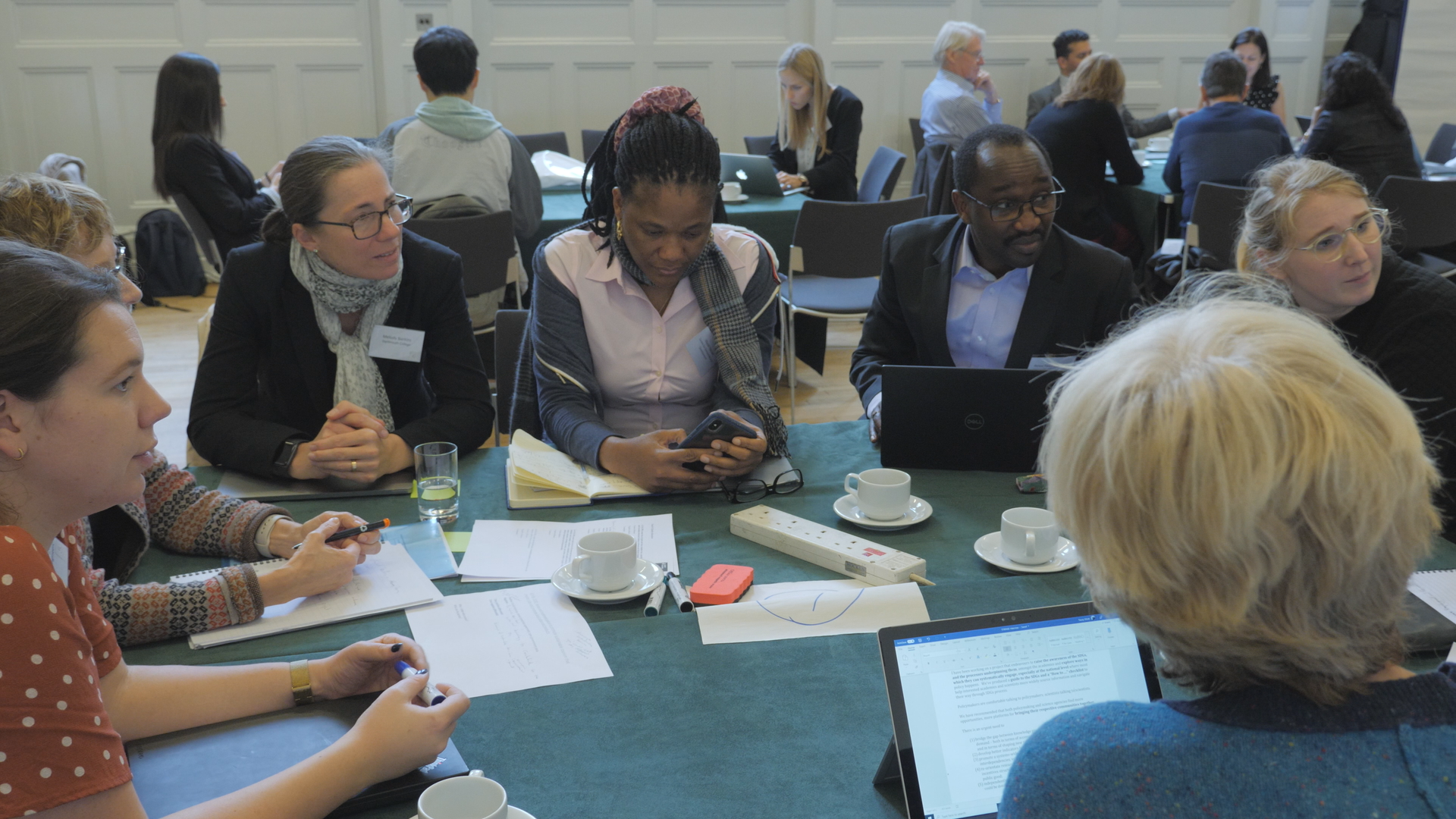
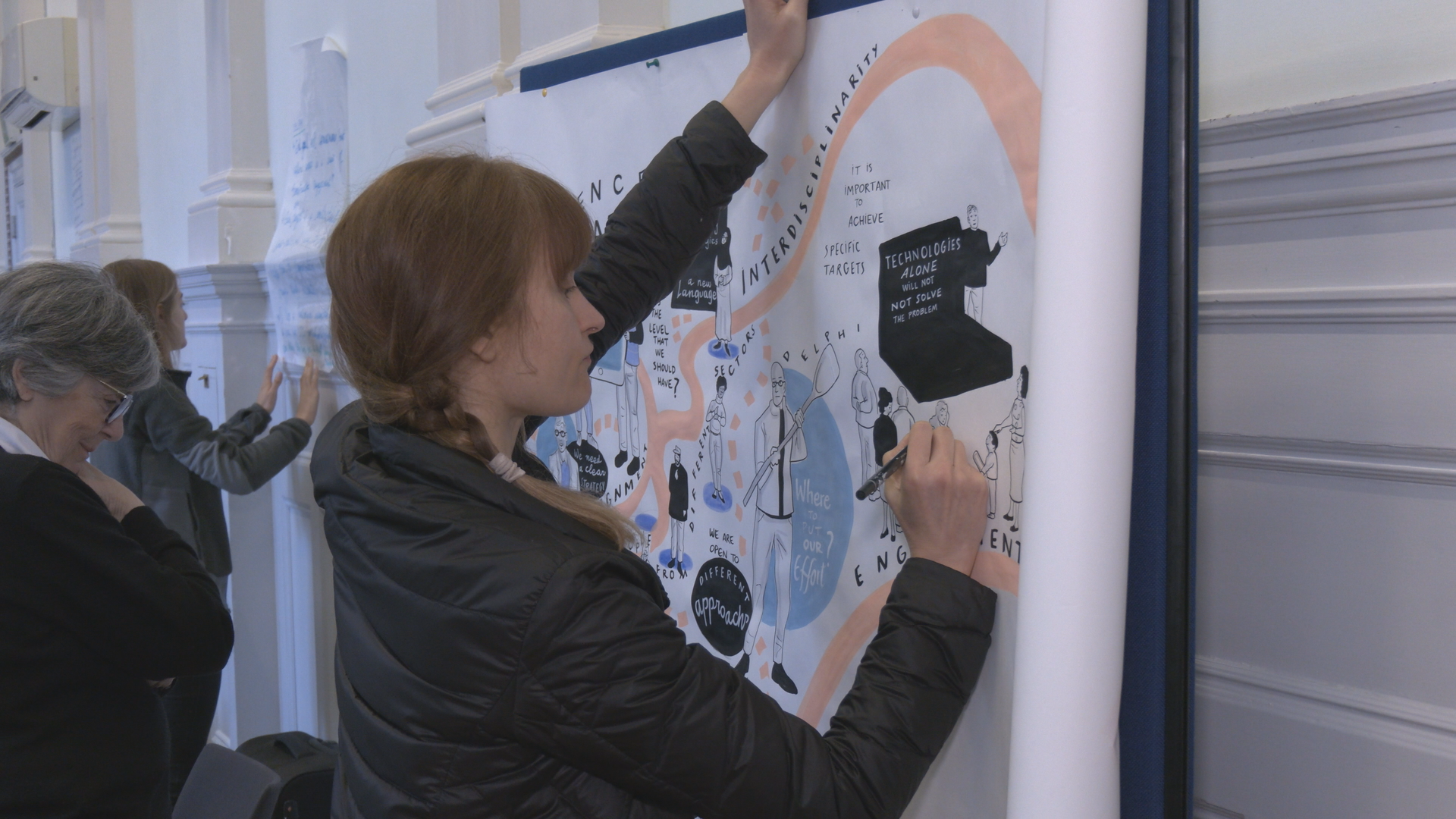
Culture, values, and impact
Workshop participants made connections between culture and values to related issues of governance. Peer review is a cornerstone of decision making in science. Funding and publication decisions often rest on the opinion of academic peers and researchers tend to be rewarded for contributions to highly specialised fields of knowledge rooted in distinctive disciplines. The SDGs require interdisciplinary approaches and a much broader participation in decision making about what sort of research is valuable.
Participants observed that the value frameworks and incentives for those working in research and innovation often differ from those concerned with SDG related social, environmental and equity concerns. The values that drive many research scientists are those associated with rigour and excellence rather than direct relevance to societal challenges. Commercial innovators are driven by the ambition to provide marketable creative solutions and the ambition to scale new creations at pace. STI social worlds, governance structures and cultures reflect these values and incentives.
The language of alignment to the SDGs suggests that there needs to be wholesale change on the part of researchers and innovators to priorities laid out by the SDGs. But what would that mean in practice? Should all science be directed towards general areas related to the SDGs? Many researchers would argue that their work based on trying to achieve ambitious scientific targets will have impact on the SDGs even if it isn’t in the immediate term, and this is the case even if the immediate description of their research does not match terms used in the policy domain around SDGs. So, even before the challenge of nudging researchers by modifying their incentives (for instance through evaluation frameworks and career paths that value research with a measurable impact), how do we distinguish between hay and silage and between research that we expect to contribute to global challenges from research that will not?
Investment and motivations
It was frequently acknowledged that there are different motivations for actors involved in activities of STI and SDG attainment. In the STI world, the global majority of funding for STI activities comes from private, not public investment. Subsequently much of the research, technology development and innovation activities of the individual firms, investment funds, research labs and other institutions and operators are shaped by motivations of profitability and economic longevity of the actors that make the investment. Although private sector actors are crucial, ultimately the SDGs are in large part about public goods. In many cases there are no or few private returns to such investments. This creates a tension between addressing the challenge and economic profitability. Participants in the workshop recognised this tension between investment motivations for STI and SDG for example, in the health sector, where profits for the medical industry mismatched at times with patient access to new drugs. Clearly though unless the private sector can be positively engaged with SDG agendas, it is highly unlikely that goals will be reached.
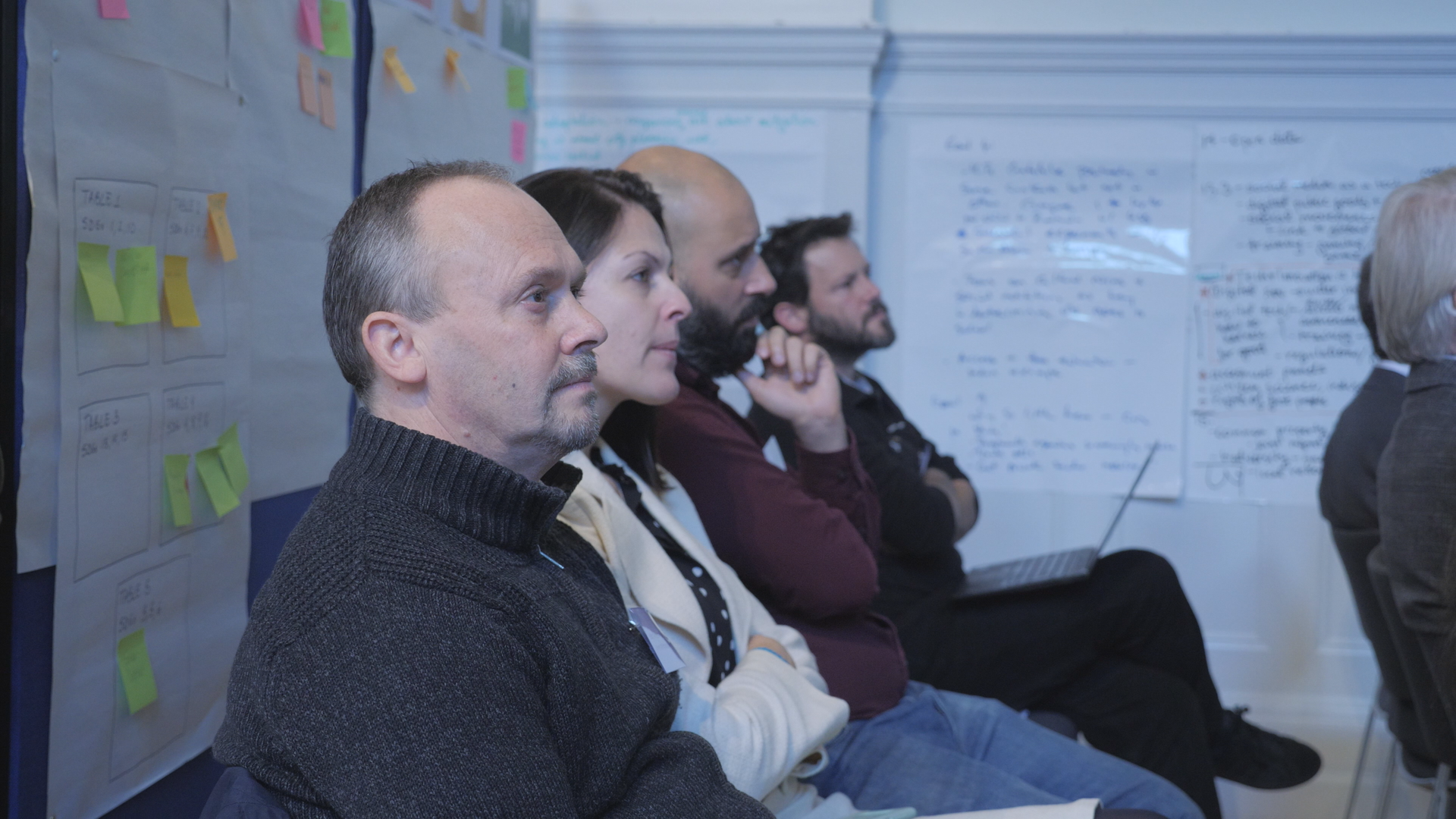
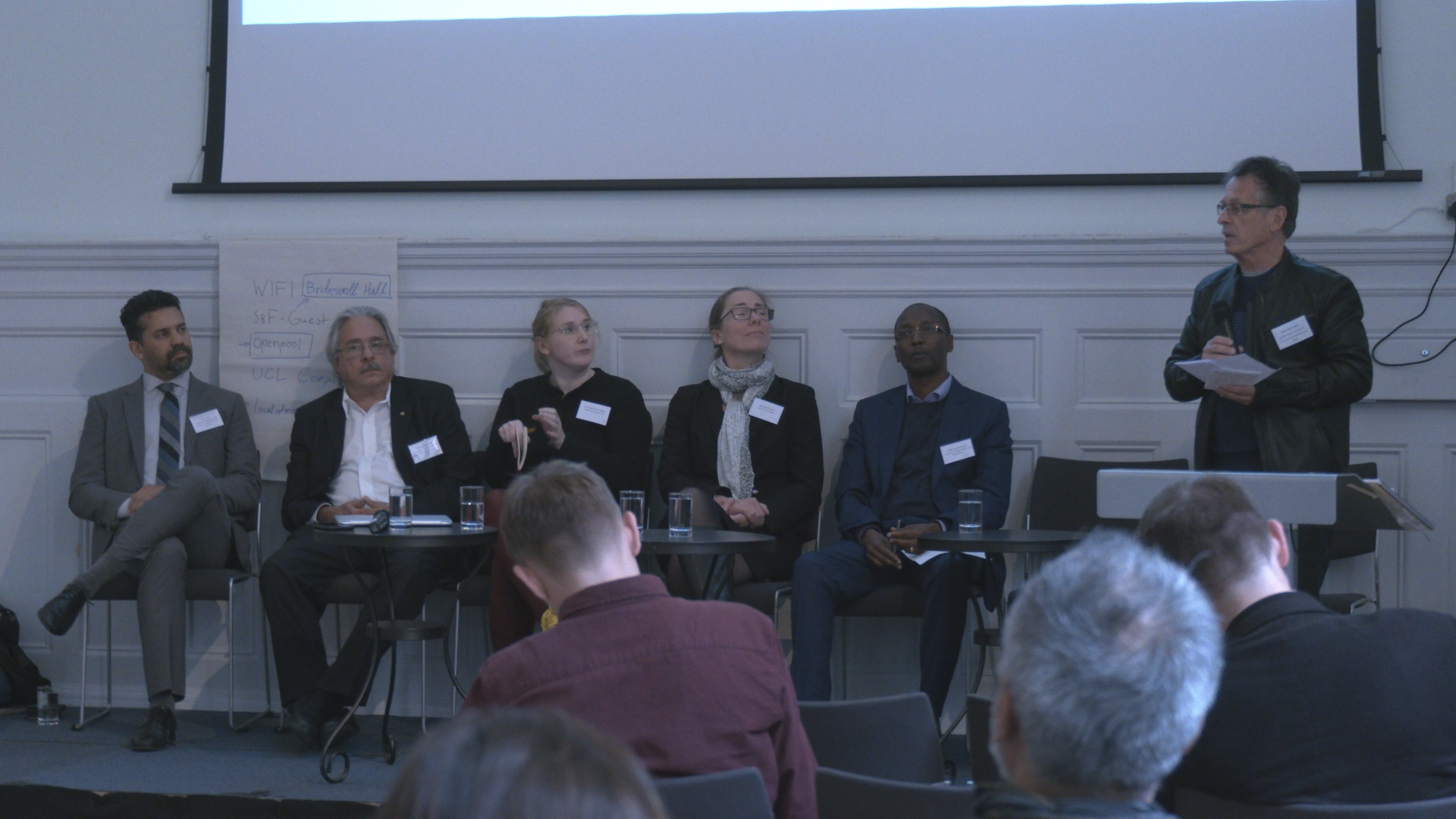
Governance and measures of success
Participants saw that the achievement of SDGs requires active involvement of people with diverse knowledge sets and between producers and users of knowledge. Scientists and researchers will bring one type of knowledge to a challenge but to get on-the-ground results requires a variety of local and tacit expertise that won’t be housed in universities. The governance of projects, the criteria for success and failure are very different. How can we assess the sorts of governance arrangements that are conducive to productive knowledge sharing and integration necessary to achieve the SDGs? How can we make clear the connections between the governance and funding of science, research and technology and the achievement of the SDGs?
Workshop participants also talked about the tensions that can arise between the global goals and local realities. Funding for health priorities makes sense in relation to achieving a variety of global goals but local needs may require a focus on other areas. Participants noted that a research funding body acknowledgement of this tension had lead to global research funding bodies trying to take on board national priorities in designing targeted research agendas. This has changed governance structures around research programmes with more global and diverse representation.
New ways for investigating alignment
Where has this left us? When there are so many challenges in exploring alignment (and many others not covered here), is it impossible to ask the question of how STI and SDGs can be aligned? No, we need to make progress, and be very clear about how we examine such alignment, with respect to which type of research, making which assumptions about impact, at which level, and so on.
A crucial and related issue here is choice of data which allows us to judge the scale of the misalignment. Tracking the financial commitments of public and private research funders is notoriously difficult. Mapping published outputs can be used as proxy for time and effort being devoted to different areas, but the methodology for relating publications to research areas requires several assumptions to be made.
We are aware of the difficulties, but often asking a hard question teaches us how we can ask it better/differently. We believe that there are new and alternative ways of exploring the alignment of STI for SDGs. We’re going to be testing these out and would love others to be a part of this.
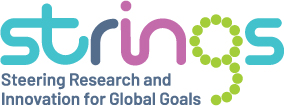
Leave A Comment